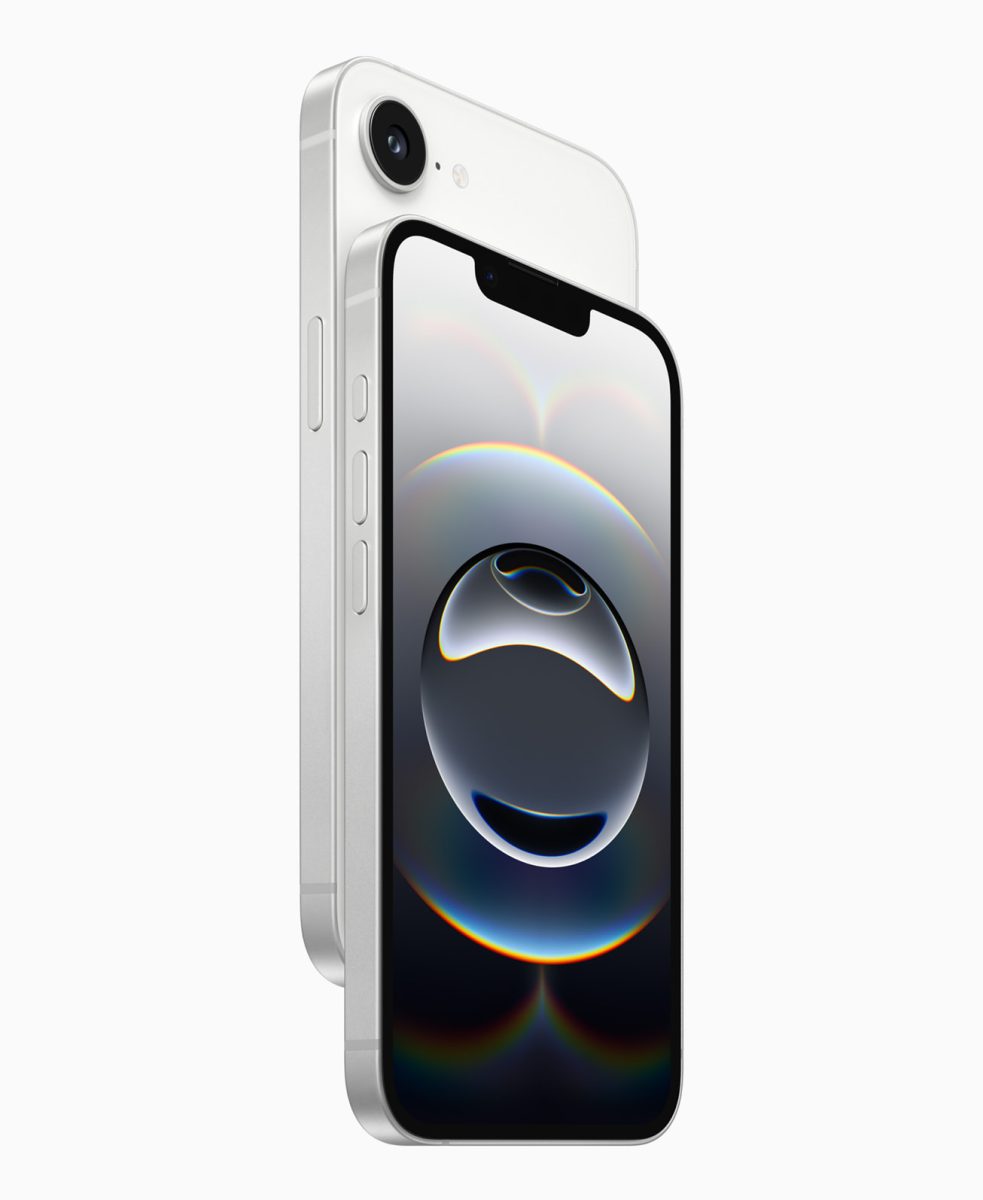Leds (Lights-emitting diode screens) are unidentified superheroes In the electronic world. Leds would go on anything with a screen on it. LEDs are tiny colorful light bulbs that make up the screens you see on television, phones, laptops, smart watches, etc. LEDs use less electricity than incandescent bulbs.
Due to this, LEDs will not get hot. The movement of electrons helps protect the screen. There are many advantages to LEDs, The filament in conventional light bulbs must expend mass amounts of energy to generate light. LEDs used to be too expensive until the year 2000 when the price of semiconductor material dropped.
LEDs are around 100 microns wide, and for an explanation, that’s about .004 inches wide. Engineers use substrates to make flexible video walls like you see in places around the world. LEDs are also called pixels. Response Time refers to the amount of time it takes for a pixel to change color. This can cause visual blurring or artifacts.
Another consideration of LEDs is the risk of Burn-in. Burn-in is where if your phone is looking at an image or an app for a prolonged period it can cause the LEDs to permanently burn a certain image into your screen. LEDs are a revolutionary technology that was implemented to make the first iPhone, TV, etc. They have their advantages and disadvantages but the use of LEDs will only get better from here on out.
Related Stories:
https://www.reissopto.com/science-behind-led-display-screens/
https://electronics.howstuffworks.com/led.htm
https://glasstronn.com/how-led-glass-screen-works/
https://teweiled.com/the-science-behind-flexible-led-video-wall-technology/
Take Action:
https://www.aspectled.com/d-series-high-density-flexible-led-strip-light-high-output-72-leds-foot






